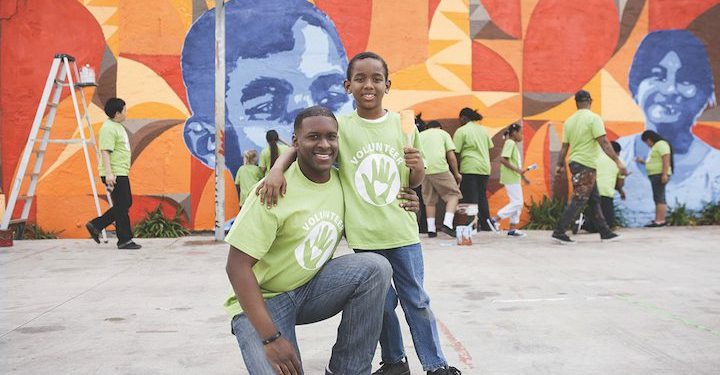Aristotle once said the essence of life is “to serve others and do good.”
It’s well documented that volunteerism offers many benefits to those who are recipients of the charitable work as well as the volunteers. According to The Corporation for National & Community Service, one in four Americans volunteers. Volunteers come from all walks of life and various age groups. Nearly one-quarter of all volunteers are people under the age of 24.
Parents and guardians who want to introduce their children to volunteerism may not know when is the right age to do so. Many experts agree that there isn’t a definitive age for children to get involved in volunteering. In fact, no child is too young to volunteer. Joseph F. Hagan Jr., M.D., a clinical professor of pediatrics at Larner College of Medicine at the University of Vermont, says helping out during the toddler and preschool years helps shape a child’s sense of morality.
Rather than wondering if a child is too young to volunteer, adults should focus on finding the right activity to match the child’s age. For example, a 3- or 4-year-old child can fill bags or boxes with donated food or help gather blankets and towels to donate to an animal rescue. However, a toddler or preschooler may not have the stamina to complete a 5K walk.
Volunteerism doesn’t even have to be in the traditional sense of working with an established charity. A youngster can pick flowers from a field and deliver them to an elderly neighbor. Or a preschooler can invite a child playing alone to come play together. A toddler who loves sorting items can help sort recycling items at home and watch a parent deliver them to the recycling center.
Another way to engage kids in volunteer work is to match their interests with the tasks. Many kids can’t get enough of animals, so they may want to help out an animal organization or be involved with a conservation group. A child can collect change to “adopt” an endangered species.
Kids also can visit a children’s hospital and deliver gifts to youngsters battling illnesses. In such situations, kids may be more engaged if they can help kids their own ages.



